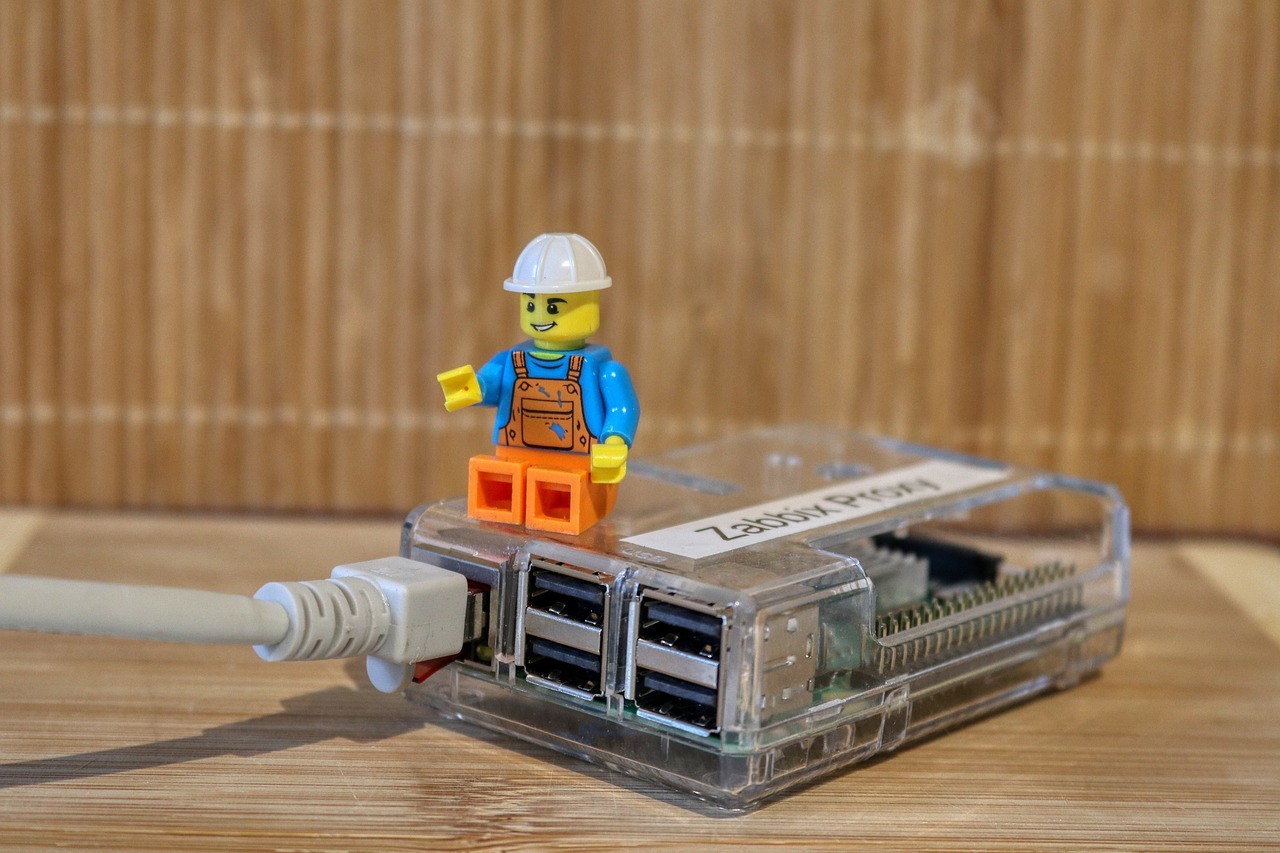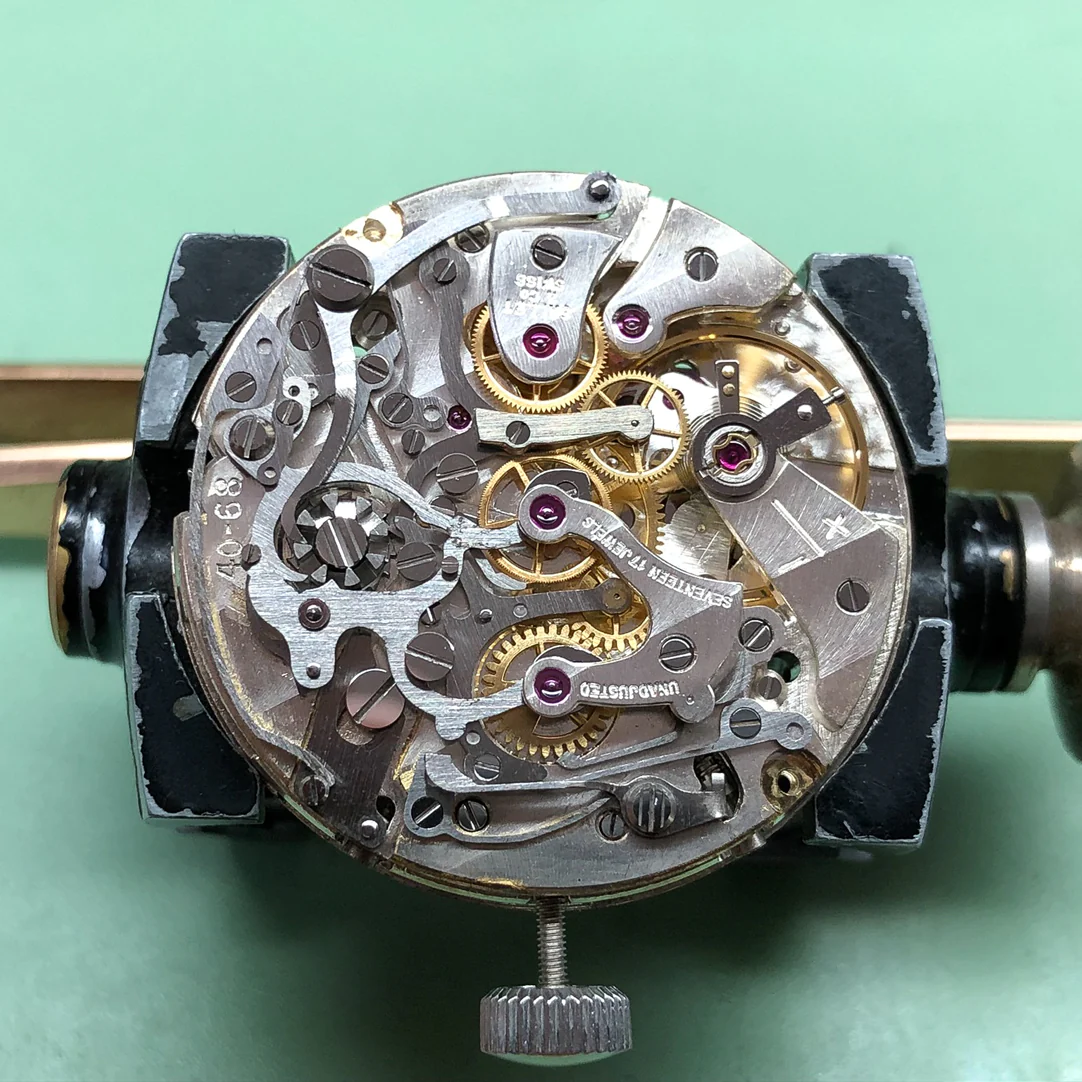The iPhone 16 and iPhone 16 Plus are generating considerable buzz with rumors of significant hardware upgrades. According to Jeff Pu, a tech analyst at Hong Kong-based Haitong International Securities, both these upcoming iPhone models will boast 8GB of memory and run on an A17 Bionic chip manufactured using TSMC’s N3E process.
In Pu’s recent communication with investors, shared with MacRumors, he highlighted the noteworthy RAM expansion for the standard iPhone series set to launch next year. Notably, these models will make the switch to LPD5 memory. For context, Apple’s standard iPhone models have maintained a 6GB memory configuration since the release of the iPhone 13 in 2021.
Meanwhile, the iPhone 15 and iPhone 15 Plus, which are expected soon, are anticipated to follow suit. However, the significant leap to 8GB of memory will initially be introduced with the iPhone 15 Pro and iPhone 15 Pro Max. Interestingly, this move means that both the A17 Bionic chip and 8GB of memory from this year’s Pro models will trickle down to the standard models a year later.
Another noteworthy point Pu highlighted is the advanced chip fabrication process. Both the A17 and A18 Bionic chips, which will be used in the iPhone 16 lineup, will be manufactured using TMSC’s N3E process—an enhanced 3nm node.
The A17 Bionic, set to debut in the iPhone 15 Pro and iPhone 15 Pro Max, is anticipated to be Apple’s first chip produced using a 3nm fabrication process. This shift from the previous 5nm technique (used for A14, A15, and A16 chips) promises substantial improvements in performance and efficiency.
While the A17 Bionic chip in the iPhone 15 Pro and iPhone 15 Pro Max is expected to be manufactured using TSMC’s N3B process, Pu suggests that Apple will transition to N3E next year when the chip powers the iPhone 16 and iPhone 16 Plus.
To provide some context, N3B is TSMC’s original 3nm node, initially developed in collaboration with Apple. In contrast, N3E is a more accessible node designed for most other TSMC clients, boasting fewer EUV layers and lower transistor density. This results in certain efficiency tradeoffs, but it also delivers better performance. Notably, N3B has been in mass production for a longer duration than N3E, but it faces challenges in terms of yield. Furthermore, N3B is considered a trial node and is not compatible with TSMC’s subsequent processes like N3P, N3X, and N3S. Therefore, Apple may need to rework its future chip designs to harness the benefits of TSMC’s advancements.
These developments align with a rumor circulated on Weibo back in June, which initially seemed like a cost-cutting move. However, it could potentially lead to reduced efficiency. This shift implies that Apple is retaining the A17 name while fundamentally altering the chip’s architecture. Previously, Apple was expected to employ the N3B for the A16 Bionic chip but had to switch back to N4 due to readiness issues. It’s possible that the company will first utilize the N3B CPU and GPU core design, originally intended for the A16 Bionic, for the initial A17 chips and then transition to the original A17 designs with N3E in 2024.










![Apple Watch SE (2nd Gen) [GPS 40mm] Smartwatch with Starlight Aluminum Case with Starlight Sport Band S/M. Fitness & Sleep Tracker, Crash Detection, Heart Rate Monitor](https://www.tech-bit.com/wp-content/uploads/2024/06/applewatchse2ndgengps40mmsmartwatchwithstarlightaluminumcase-360x180.jpg)
















![Apple Watch Series 9 [GPS 45mm] Smartwatch with Midnight Aluminum Case with Midnight Sport Band S/M. Fitness Tracker, ECG Apps, Always-On Retina Display, Water Resistant](https://www.tech-bit.com/wp-content/uploads/2024/06/applewatchseries9gps45mmsmartwatchwithmidnightaluminumcasewith-360x180.jpg)



![Apple Watch Ultra 2 [GPS + Cellular 49mm] Smartwatch, Sport Watch with Rugged Black Titanium Case with Black Ocean Band. Fitness Tracker, Precision GPS, Action Button, Extra-Long Battery Life](https://www.tech-bit.com/wp-content/uploads/2024/10/applewatchultra2gpscellular49mmsmartwatchsportwatchwithrugged-360x180.jpg)





































